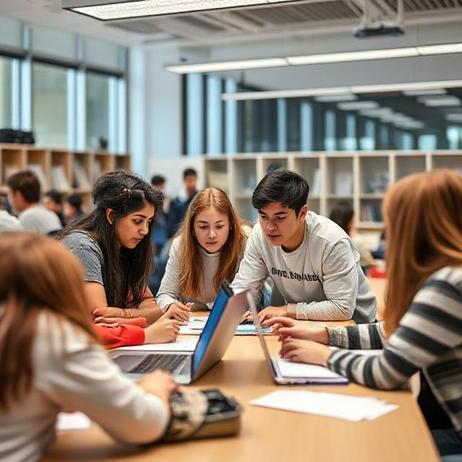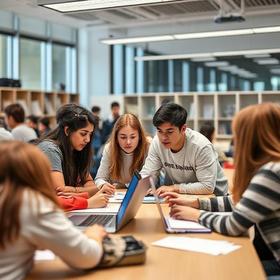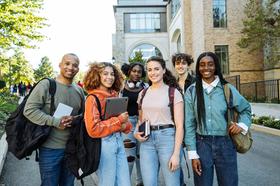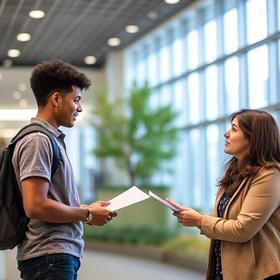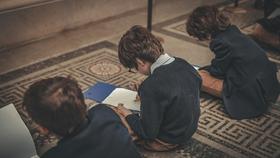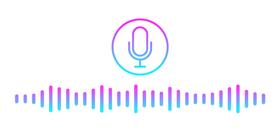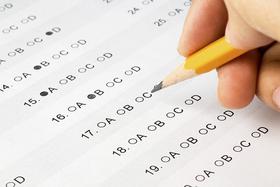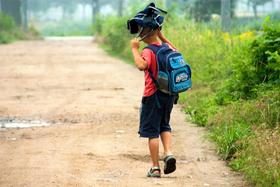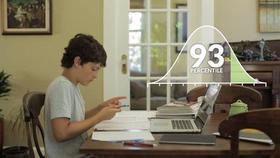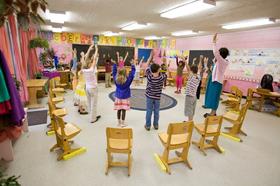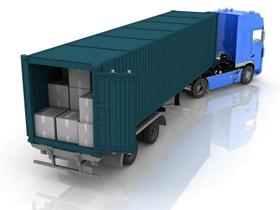Parents and guardians often find themselves asking: How are high school teachers teaching today? The answer in 2025 is more varied and adaptive than ever. With expanding pedagogical tools, growing use of educational technology, and evolving demands on teachers, the landscape of high school instruction continues to shift. This guide updates the classic primer on teaching methods with fresh data, expert insights, and practical tips, helping you speak knowledgeably with your teen’s teachers and school administrators.
Why Teaching Methods Matter NowBefore diving into methods, it’s worth noting why this matters:
The U.S. high school graduation rate in 2025 sits around 87.4 %, up modestly as schools recover from pandemic disruptions.
Yet chronic absenteeism remains a challenge: in many urban districts, 30 % or more students miss 10 % or more school days during the 2024–25 years.
At the same time, teachers describe their work in 2025 as increasingly burdened, with rising expectations for technology use, differentiated instruction, and student support. As one high school teacher put it: “Every day is a crazy day. It’s fine.” Education Week
In short: high school educators are contending with absenteeism, learning gaps, and shifting expectations. The teaching methods they choose directly shape how your teen engages, adapts, and succeeds.
Key Teaching Methods Used in High School TodayBelow is a refreshed survey of leading approaches as of 2025, along with tips for what to expect and how to support your child.
1. Active Learning & Student-Centered InstructionWhat it is: Instead of passive lectures, classrooms incorporate discussions, group work, problem-solving, peer teaching, and hands-on projects.
Why it’s used: Research consistently shows active learning boosts engagement, retention, and conceptual understanding.
How it shows up:
Teachers might use “think-pair-share,” small-group debates, or whiteboard problem-solving.
In a physics class, students might design and test mini-bridges instead of watching a demonstration.
In literature, students may take turns acting out scenes and then leading discussion questions.
What you can look for: Ask whether lessons include collaborative tasks, frequent formative checks, or opportunities for students to explain their thinking.
2. Blended & Hybrid Learning ModelsWhat it is: A blend of in-person and online instruction, often using a flipped-classroom approach (students review content online, then class time is for deeper work).
Why it’s used: Since the COVID era, districts have retained hybrid options to support flexibility, differentiating pace and access.
How it shows up:
Teachers assign video lectures or online reading before class; in class, students dive into problem sets or projects.
Some classes remain wholly virtual due to scheduling constraints, student preference, or health reasons.
Learning Management Systems (LMS) become central hubs for lesson materials, deadlines, and assessments.
What you can look for: Check whether your teen is asked to watch or complete lessons ahead of class, and if class time is used for deeper or collaborative tasks rather than direct lecture.
3. Personalized & Adaptive Learning (Including AI Tools)What it is: Instruction or practice activities adjusted to a student’s pace, skill level, or needs—often supported by software or AI.
Why it’s used: To help students catch up, challenge themselves, or receive supplemental practice, especially given gaps in foundational skills.
How it shows up:
Math or language apps that adjust the difficulty or path based on student responses.
Teachers use dashboards to see which students struggle on a concept and assign mini-tasks accordingly.
AI-based tutoring or feedback assistants to supplement—but not replace—teacher instruction.
What you can look for: Ask if your child has individual learning paths, receives differentiated homework, or uses adaptive software.
4. Project-Based Learning (PBL) & Inquiry-Based ModelsWhat it is: Students explore real-world questions, problems, or themes over extended periods, often culminating in presentations, products, or community connections.
Why it’s used: PBL fosters deep understanding, authentic skills, interdisciplinary thinking, and student ownership.
How it shows up:
A biology class might investigate a local watershed’s health with data collection and stakeholder interviews.
History students might create multimedia digital exhibits about civil rights movements.
Capstone or senior projects may integrate research, writing, presentation, and collaboration.
What you can look for: Ask if students have semester-long projects, opportunities to choose topics, or public presentations of their work.
5. Universal Design for Learning (UDL) & Culturally Responsive PedagogyWhat it is: Instruction designed to reach all learners by offering multiple means of engagement, representation, and expression (UDL), and grounding learning in students' cultural contexts.
Why it’s used: To reduce barriers and promote equity in increasingly diverse classrooms. American College of Education+1
How it shows up:
Teachers present content via video, text, diagrams, or audio depending on student preference.
Students could demonstrate understanding via essays, videos, visual projects, or performances.
Curriculum incorporates diverse voices and cultural contexts relevant to students.
What you can look for: Notice if materials are provided in different formats or if students have choices in how they show mastery.
6. Explicit Instruction & Direct Teaching (Especially for Core Skills)What it is: Systematic, guided instruction where teachers model a skill step by step, scaffolded gradually, and monitor for mastery.
Why it’s used: In foundational areas such as reading, grammar, or advanced mathematics, explicit instruction ensures coverage and clarity. In literacy methods, phonics-based approaches have made a strong resurgence in recent years.
How it shows up:
Teachers model strategies explicitly (e.g., annotating a text, solving an algebraic step).
Frequent checks for understanding, guided practice, and gradual independence.
Frequent cumulative review and scaffolding for struggling students.
What you can look for: Even in classes that feel dynamic or student-centered, you should see moments when the teacher explains, models, or re-teaches key skills.
How Schools Mix Methods (It’s Rarely All One Approach)No modern high school uses only one method. Instead, teachers blend several approaches depending on content, class size, student needs, and available technology. For instance:
In a chemistry course, the teacher may start a unit with explicit instruction on reaction types, then shift into lab-based inquiry and culminate in a project.
A history class might alternate between lecture, small-group debate, and student-led research modules.
Schools with strong instructional leadership map coherence across grade levels, ensuring methods align with curricular goals. kiddom.co
When talking with your teen’s teachers or attending parent-teacher conferences, these questions can help you see the method in action:
How do you structure class time? (lecture, hands-on, discussion, mixed)
Do students ever guide the inquiry or choose project topics?
How is technology or software used to customize learning?
How do you intervene if a student is falling behind?
In what ways do you connect lessons to students’ lives, culture, or interests?
What types of formative assessments do you use and how frequently?
Asking in these terms shows you are interested in how your child is learning—not just what.
Supporting Your Teen at Home (in 2025)Familiarize yourself with the tools. If your teen’s class uses an LMS or adaptive app, ask for parent access or a brief orientation.
Encourage metacognitive talk. Ask: “How did you plan your project?” or “What steps helped you solve that problem?”
Project logistics matter. For longer-term assignments, help your teen plan milestones, set check-ins, and break tasks into manageable phases.

